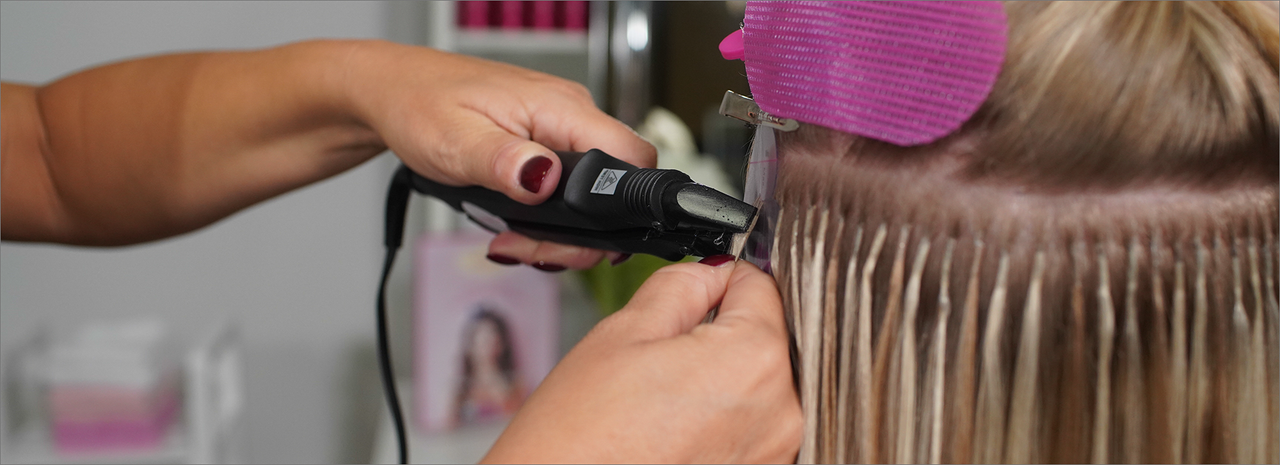Hair extensions aren’t only for adding long, lush length. Here at Babe, we have lots of techniques and methods that use extensions for volume, correcting inconsistencies in thickness or length, filling out thinning hair, covering bald spots, and more! Today, we’re going to focus on how you can use extensions to achieve color transformations--and, more specifically, how you can use them to recreate this season’s most popular shades!
Color Blending
The classic way to use hair extensions in color transformations is to incorporate multiple shades into a single installation. This can be in the form of highlights and lowlights (or extensions two steps lighter and two steps darker than the client’s own hair, respectively), or it can be a more subtle, overall mix that involves alternating between different color strands during placement. This tactic uses no color formulas or dyes--just the hair extensions themselves--and can be used to create any number of tones or shades that are not explicitly offered in our color collection. For example, if your client is looking for a dark, reddish-brown shade between #3R and Red Wine, apply strands of #3R, Red Wine, and #2 to create the desired color.
Color Formulas
If you want a more decisive departure from Babe’s established color options, you can use our color formulations. You can achieve anything: pastel, mermaid, ombre, and more. You can even achieve specific “natural” colors in this way. Just remember to abide by the following rules:
1. Use only semi- or demi-permanent colors, as they’re the gentlest on the hair and require no developer to process.
2. If you’re intending to color the client’s natural hair, too, do this on a different day than the installation. We recommend that you color the extensions first so that you can use them as a reference when coloring your client’s hair.
3. Try to stay within 2 shades of the extension’s original color (unless you’re coloring on #60 extensions), and only deposit--never lift color.
4. When coloring Tape-In extensions, remove the tape first. After the coloring process is complete, you’ll have to apply Replacement Tape instead.
5. Always perform a swatch test on an inconspicuous piece of the hair (or on a separate swatch of the same color) to see how the hair takes to the color.
6. Don’t try to return hair extensions that have been removed from their packaging, handled, and/or colored. We can only accept hair extension returns when the hair has not been removed from the box. Take every possible precaution before you apply the color so that you’ll arrive at your desired results. As long as you follow the directions above, your color job should turn out beautifully.
Gorgeous Combinations
Fall and winter are all about darker, more decadent hair colors, so help your clients get to auburn, chocolate brown, or even charcoal black by combining blending and coloring techniques. For example, take your middle-range brunette client to dark brown by coloring her hair to the appropriate shade, then installing uncolored strands of #1B and #2 for dimension. Alternatively, add just a touch of darkness by adding strands of #4 and #6 to a #8 base client, or by custom coloring extension strands to add natural-looking depth to a darker blonde. The possibilities are endless, so be creative!
Have you performed a color transformation using Babe extensions? Share the before and after with us on our social media pages! We may even feature your work on the site or in a future post.

